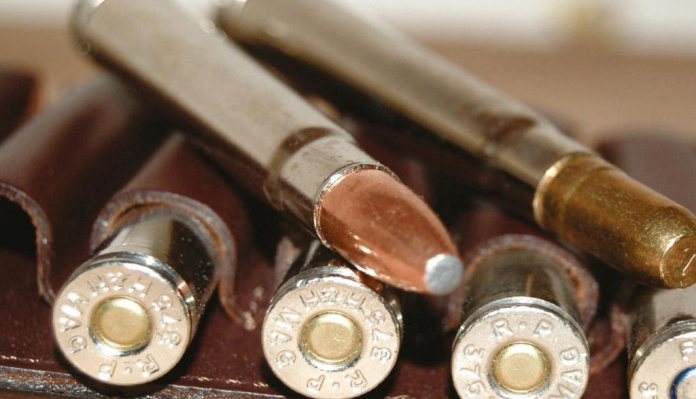Case Histories:375 Holland and Holland Magnum
- By Wheelwrite
-
1
 Comments
Comments
- Last updated: 24/05/2019

Old is good? Well, in this instance it is. With 107 years under its belt (forgive the pun) and still in widespread production, our subject was only the second commercially manufactured cartridge to feature a belted design. No, the belt was not present to strengthen the case, but to provide a reliably accurate headspace reference. Especially important on a high performance calibre with such a shallow wall taper and modest shoulder form. We are of course looking at the ‘all-British’ .375 Holland & Holland (H&H) Belted Magnum, one of the most versatile big game cartridges ever created.
Up to the turn of the previous century, the design of big game ammunition had more or less centred around black powder and big bore calibres. The advent of nitro-based materials enabled designers to dramatically revise the design of extreme hunting cartridges. The first to seriously explore these properties was the 9.3 x 62 Mauser. It was an overnight sensation, rendering the big bore, double rifle more or less obsolete. It forced all the other makers back to their drawing boards. H&H rose to the challenge, keen to protect their share of this lucrative market. In this instance they chose Cordite as the propellant because of its better thermal stability and 9.5mm as the calibre. The created a low pressure, compact, fast and flat-shooting cartridge that had sufficient penetration to deal with the ‘Big Five’. Although too long to chamber in actions similar to the Mauser, the cartridge could be housed in five shot magazines, a relatively rare offering in its’ day.
The original suite of three H&H cartridges comprised of 235, a 270 and a 300-grain bullets, motoring at claimed velocities of 2850, 2690 and 2530 fps respectively. All achieving muzzle energies in excess of 4100 ft/lbs. Since then just about every other manufacturer has offered one or more versions, from 235 to an exceptional variant, the Norma 350-grain Woodleigh solid, specifically designed for face to face encounters with the very biggest of the Big Five.
Mindful of the design objectives of this cartridge it’s fair to conclude that very few shooters are going to fire more than a dozen or so rounds in any one event. Are they likely to be hand loaders? Given the fact that no less than twelve commercial brands are currently on offer, the answer would seem to be no. However, data, tools and materials are equally commonplace. Furthermore, this historic case has become the basis for a plethora of innovative wildcat designs as well as a significant number of commercial derivatives from H&H’s own .300 Magnum to the .264 Win Mag, 7mm Rem Mag, .300 Win Mag, .350 Norma Mag and .458 Win Mag and others. As for suitable rifles, it would be easier to name the major makers who have NOT chambered an arm for this cartridge, but I cannot think of any!
I’ve long held a crazy plan to introduce a 25, 50, 75 and 100 yard freestyle hunting rifle competition held against the clock. In keeping with the IHMSA idea of animal cut-outs, the scaled and shaped card (steel would be a tad impractical!) targets would feature four of the Big Five, with reactive material located in the kill zones. Maybe even an advancing Cape Buffalo comp! Ordnance rules would be based upon the African minimum calibre and energy requirements. ‘The Paper Safari’.
